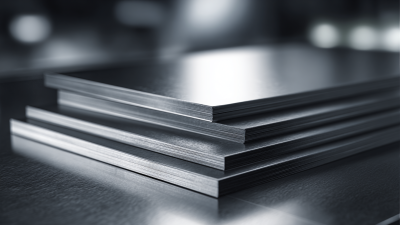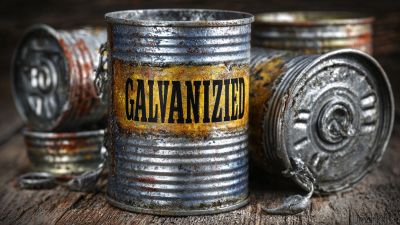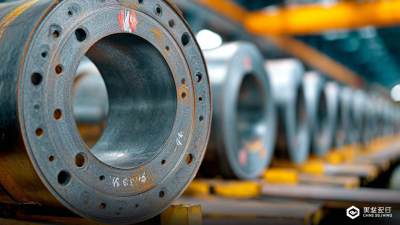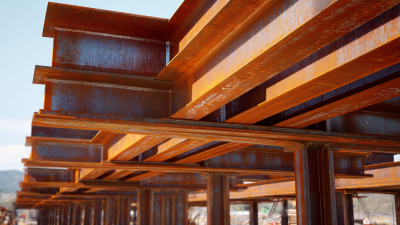
In the construction industry, the incorporation of Metal Steel Sheets in structural applications has gained significant traction due to their unmatched strength-to-weight ratio and versatility. According to the World Steel Association, the global steel demand is projected to reach 1.8 billion tons by 2025, underlining the material's pivotal role in modern infrastructure. Metal Steel Sheets are celebrated for their exceptional durability, resistance to corrosion, and ability to withstand extreme environmental conditions, making them ideal for a variety of structural applications. A report by Technavio highlights that the global metal sheet market is expected to grow by $12.54 billion from 2021 to 2025, with an increasing adoption of advanced steel products in construction, automotive, and manufacturing sectors. This trend underscores the growing recognition of Metal Steel Sheets as not just an option but a necessity for enhancing the longevity and safety of structural projects.
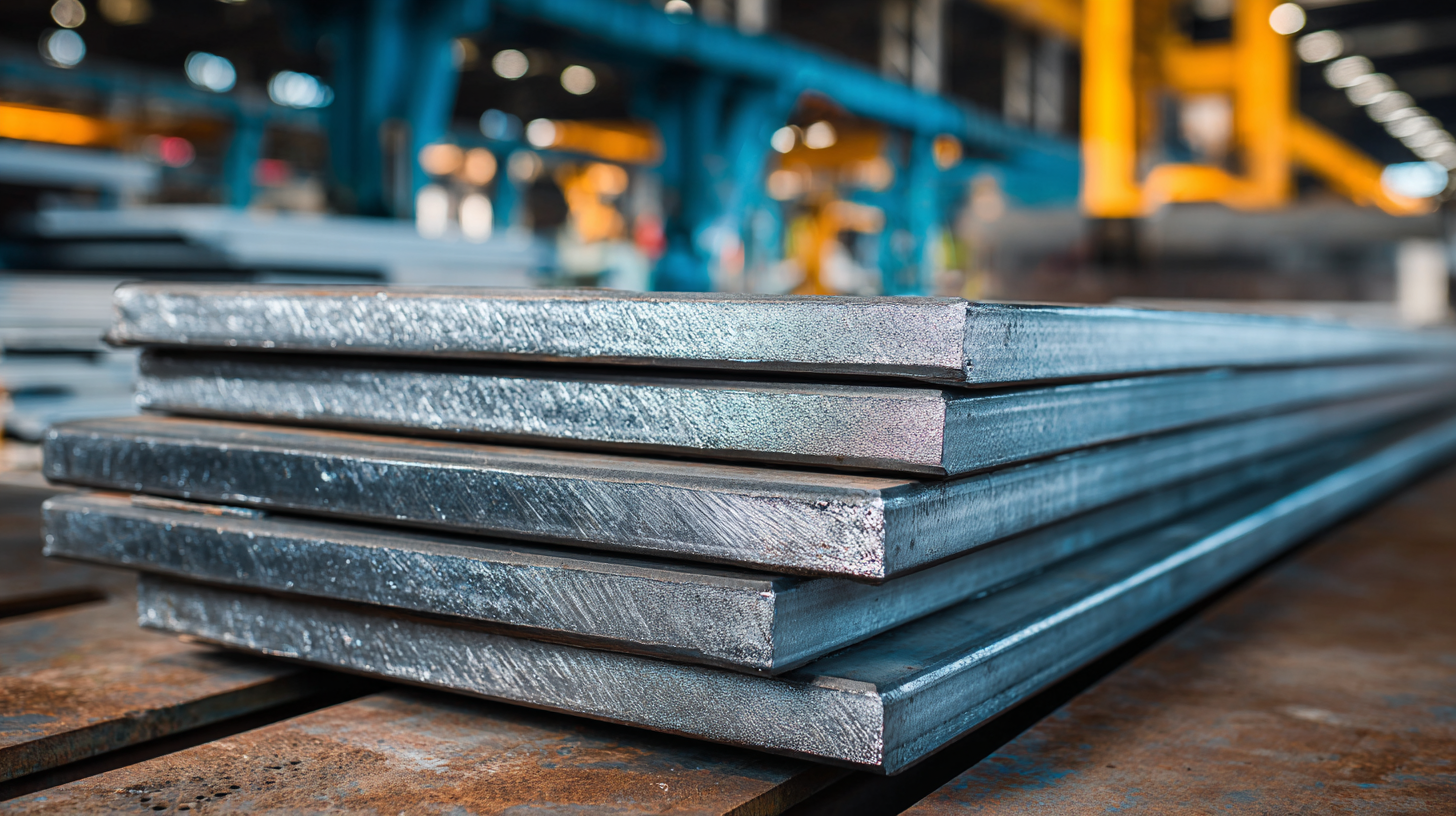
The use of metal steel sheets in construction projects offers numerous benefits, making them a preferred choice for structural applications. With the global stainless steel sheet market projected to grow from $112.43 billion in 2023 to $167.48 billion by 2030 at a compound annual growth rate (CAGR) of 5.9%, the demand for these materials is on the rise. Their strength, durability, and resistance to corrosion make steel sheets ideal for various building applications. Additionally, stainless steel sheets provide excellent aesthetic appeal, allowing for innovative architectural designs.
When considering construction materials, it is essential to be aware of financial implications, such as GST on building materials. In 2025, the GST on materials like steel, cement, and bricks will be crucial for budget planning.
Tips: Always consult with your material supplier regarding the latest GST rates to avoid unexpected costs. Moreover, investing in high-quality steel sheets can save money long-term due to reduced maintenance and replacement costs. As you explore the best steel stocks to invest in by 2025, remember that choosing materials wisely can significantly impact your project's overall success.
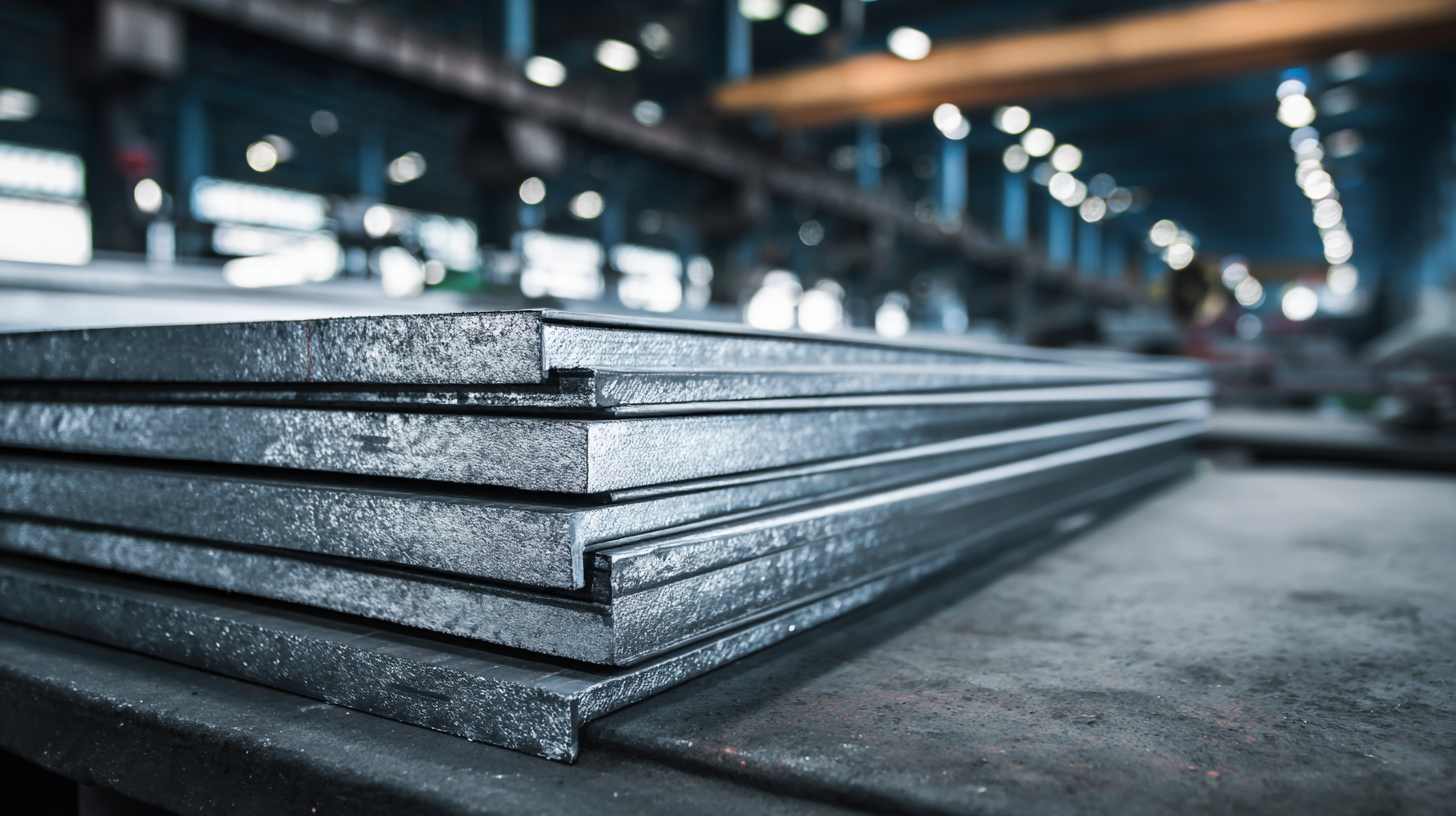
When selecting steel sheets for structural applications, several key factors must be taken into account to ensure optimal performance and longevity. First, the strength and grade of the steel are crucial. High-strength steels, such as S700, are particularly beneficial for demanding applications, providing enhanced load-bearing capabilities while remaining lightweight. This is especially important in modern construction where efficiency and material savings are prioritized.
Another important consideration is fire resistance. Steel structures are highly susceptible to temperature changes during a fire, which can compromise their integrity. Thus, understanding the performance of steel in fire scenarios is paramount for ensuring safety and compliance with regulations. Additionally, factors such as corrosion resistance and weldability are essential, as they directly influence maintenance costs and the overall durability of the structure over its lifespan. With the structural steel market expected to reach $116.5 billion in 2023, making informed choices about steel sheet specifications will play a significant role in the success and safety of future construction projects.
Metal steel sheets are increasingly favored in various structural applications due to their superior ability to enhance structural integrity and longevity. One of the key advantages of using steel sheets is their high strength-to-weight ratio. This means that structures can achieve greater load-bearing capabilities without significantly increasing their overall weight, allowing for more efficient design and reduced material costs. Additionally, steel sheets are resistant to deformation and corrosion, ensuring that structures maintain their original shapes and functions over time, even under extreme weather conditions.
To maximize the benefits of metal steel sheets, consider selecting the appropriate grade based on specific environmental factors. For example, using galvanized steel sheets in coastal areas can provide better resistance to saltwater corrosion. Also, incorporating proper joint design during installation can improve load distribution and reduce stress concentration, further enhancing the structural integrity.
Another tip is to regularly inspect and maintain steel structures. Even though steel is durable, factors like rust or mechanical wear can affect its longevity. Implementing a routine maintenance schedule, including protective coatings and timely repairs, can significantly prolong the life of metal structures, ensuring safety and functionality for years to come.
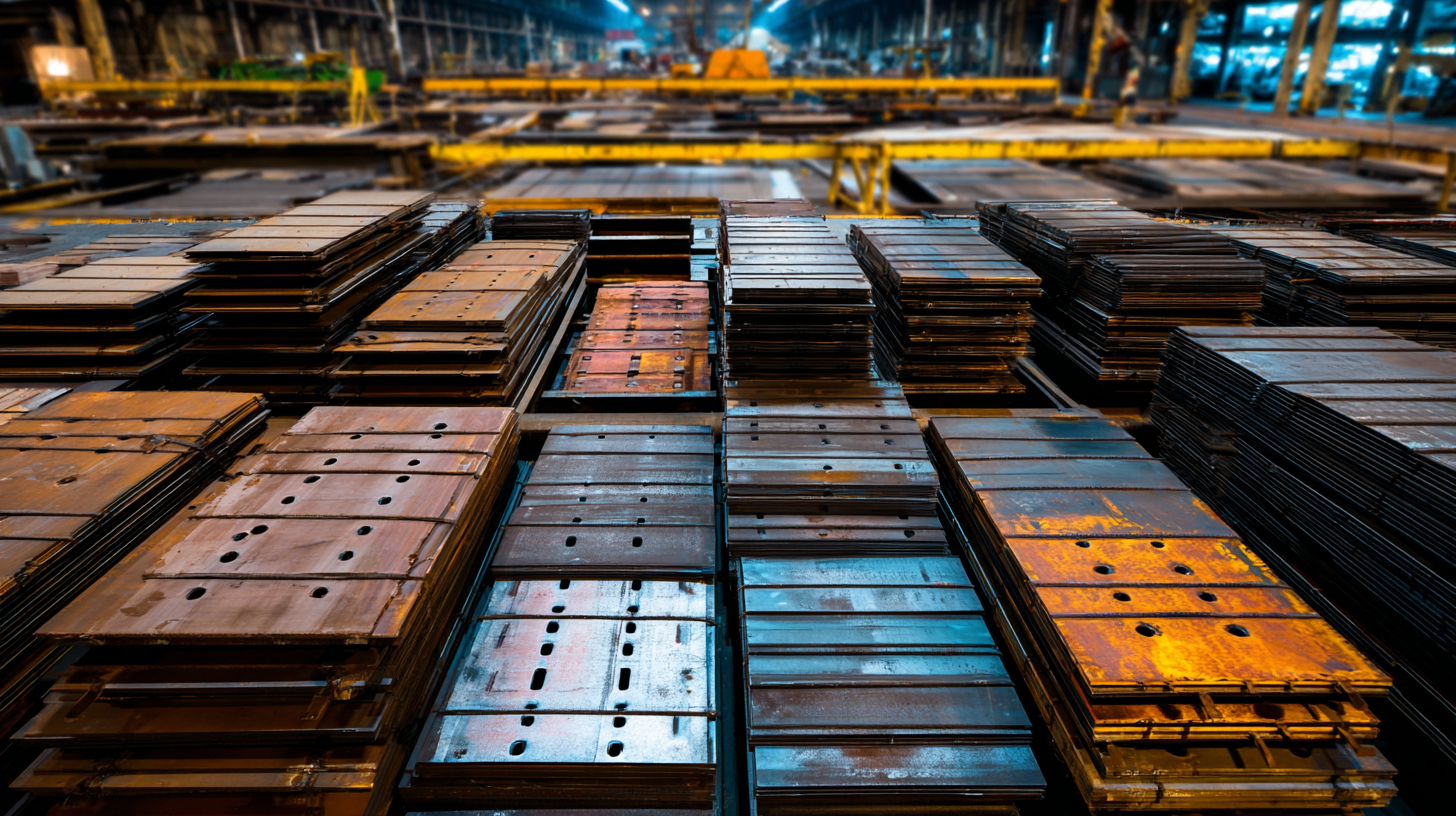 Metal steel sheets are increasingly favored in structural applications due to their cost-effectiveness. One of the primary reasons for this is their durability and strength, which leads to lower maintenance costs over time. Steel sheets can withstand harsh environmental conditions, reducing the frequency of repairs and replacements needed, ultimately saving money in the long run. In construction, where budget constraints are often a concern, the initial investment in high-quality metal steel sheets proves beneficial.
Metal steel sheets are increasingly favored in structural applications due to their cost-effectiveness. One of the primary reasons for this is their durability and strength, which leads to lower maintenance costs over time. Steel sheets can withstand harsh environmental conditions, reducing the frequency of repairs and replacements needed, ultimately saving money in the long run. In construction, where budget constraints are often a concern, the initial investment in high-quality metal steel sheets proves beneficial.
Additionally, the versatility of metal steel sheets contributes to their cost-effectiveness. They can be easily fabricated into various shapes and sizes to meet specific project requirements, minimizing waste and optimizing resource use. This flexibility allows manufacturers and builders to streamline production processes, reducing labor costs and construction time. Furthermore, the availability of recycled steel sheets presents an economical choice that supports sustainability, aligning financial savings with environmentally friendly practices.
Innovative Uses of Metal Steel Sheets in Modern Architecture
Metal steel sheets have become a cornerstone in contemporary architectural design, blending functionality with aesthetic appeal. These materials are not just structural components; they are now being used creatively to redefine building facades. Architects leverage the versatility of steel sheets to create unique textures and patterns, contributing to eye-catching visual effects. The reflective properties of metal allow for dynamic interaction with natural light, elevating the overall ambiance of the structure.
Tip: When incorporating metal steel sheets in your designs, consider varying finishes—like matte vs. glossy—to achieve different visual impacts. Utilizing perforated steel sheets can also enhance ventilation and light infiltration while adding an artistic touch to the exterior.
Moreover, metal steel sheets are lightweight yet incredibly durable, making them ideal for modern architectural projects that prioritize sustainability without compromising on strength. Their resilience against weathering ensures long-lasting performance, which is essential for both commercial and residential buildings.
Tip: To maximize energy efficiency, explore insulated metal panels. These not only improve thermal performance but also reduce noise, creating a quieter environment inside. Using recycled steel sheets can also promote eco-friendly practices in architecture.
